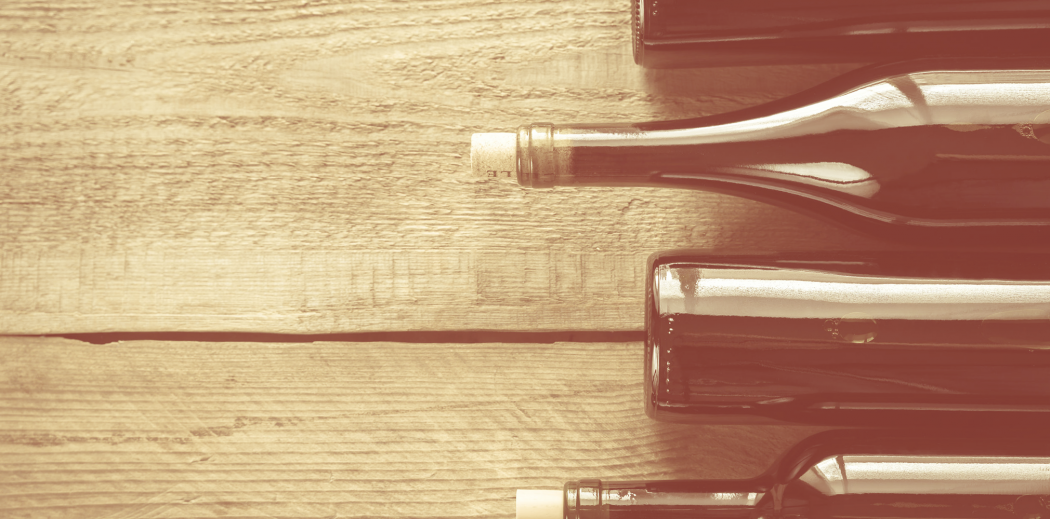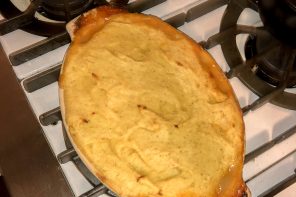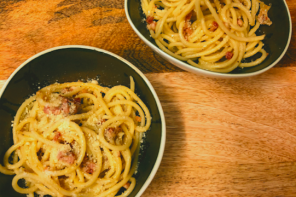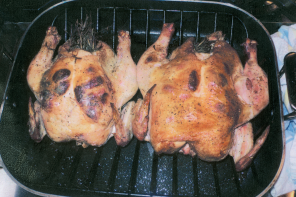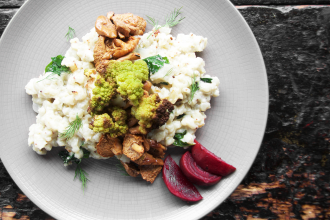Maderization is a process that involves the heating and oxidization of wine, typically as a result of bad storage. This happens often when in the holds of cargo ships as they cross the ocean during summertime.
This term gets its name from the process that occurs in the production of Maderia wine, a fortified Portuguese wine made in the Maderia Islands. In the case of Maderia wine, producers literally cook the wine, almost like a curing process to fortify and strengthen it.
Typically, maderization is seen as an unpleasant characteristic, but in some cases this is exactly what you want out of your bottle such as in certain dessert wines where maderization occurs over the course of a long in-bottle aging.
The results of maderization are a darkening of color and the acquisition of a sherry-like character. Once a wine is “maderized” it has literally baked and has a flavor reminiscent of almonds and candied fruit, which makes is acceptable for dessert wines but not for dry wines.
It is common to notice a cork partly pushed out of the neck of an unopened bottle when it is maderized, this is due to the heat expansion within.
In order to avoid maderization, keep your wine stored at roughly 64 degrees. Even just a few weeks of warming the wine can change the flavors and ruin it altogether. Fine wines are much more susceptible to maderization, so if you’ve had a bottle sitting around for a while be sure to check for a change in smell or coloring before serving.

